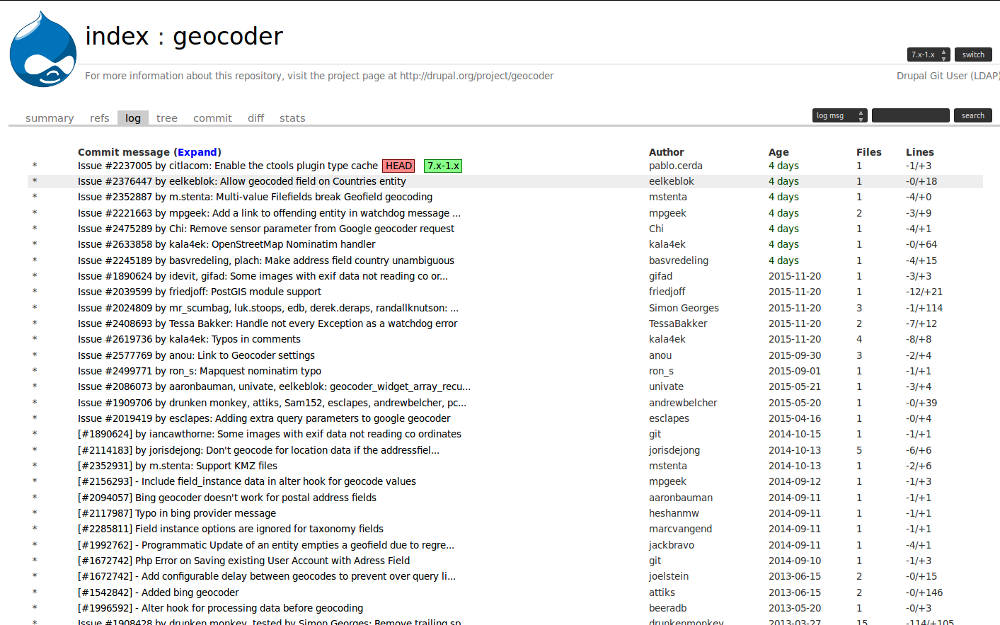
What should we do if we want to keep these changes or go back to the previous one? We'll see in the next point. It shows that now HEAD is pointing to the latest commit 7a367ef: Below is the graphical representation of the commits done on top of HEAD. Let’s run git log –oneline and see the result: $ git log -onelineħa367ef (HEAD) Add a new line to the fileīefore HEAD was pointing to the 5282c7c commit, then we added two more commits, d423c8c and 7a367ef. We now have two additional commits that descend from our second commit. Git commit -a -m "Add a new line to the file"
#GIT CHECKOUT SPECIFIC COMMIT HOW TO#
Let’s review how to do it using the below commands: echo "understanding git detached head scenarios" > sample-file.txt What if we could take not only a look at the past but also change it? That’s what a detached HEAD allows us to do. Then we can check out the commit and test the application, either by hand or by running our automated test suite. We can use the log command, filtering by date, to start the relevant commit hash. Let’s say we want to check if a given bug already existed last Tuesday. Since we've checkout to a previous commit, now the HEAD is pointing to 5282c7c commit, and the master branch is still referring to the same: 4. Another somewhat canonical way is to use git-rev-list: git checkout git rev-list -1 -before 'Jan 17 2014' master.

: MINGW64 ~/git/detached-head-demo ((5282c7c.))īelow is the graphical representation of the current git HEAD. In smaller projects, you can simply do this in a text editor and search for the date you want, then find a good commit sha-1 hash to checkout (i.e. HEAD is now at 5282c7c appending more info If you want to create a new branch to retain commits you create, you mayĭo so (now or later) by using -c with the switch command.

State without impacting any branches by switching back to a branch. You can look around, make experimentalĬhanges and commit them, and you can discard any commits you make in this However, after running the below command the repo is in a detached HEAD: $ git checkout 5282c7c All of that means, in the above scenarios, HEAD is synonymous with “the last commit in the current branch.” This is the normal state in which HEAD is attached to a branch:Īs we can see, HEAD points to the master branch, which points to the last commit.

When we change branches, HEAD is updated to point to the branch we've switched to. When we add a new commit, our branch reference is updated to point to it, but HEAD remains the same. For most of the time, HEAD points to a branch name.


 0 kommentar(er)
0 kommentar(er)
